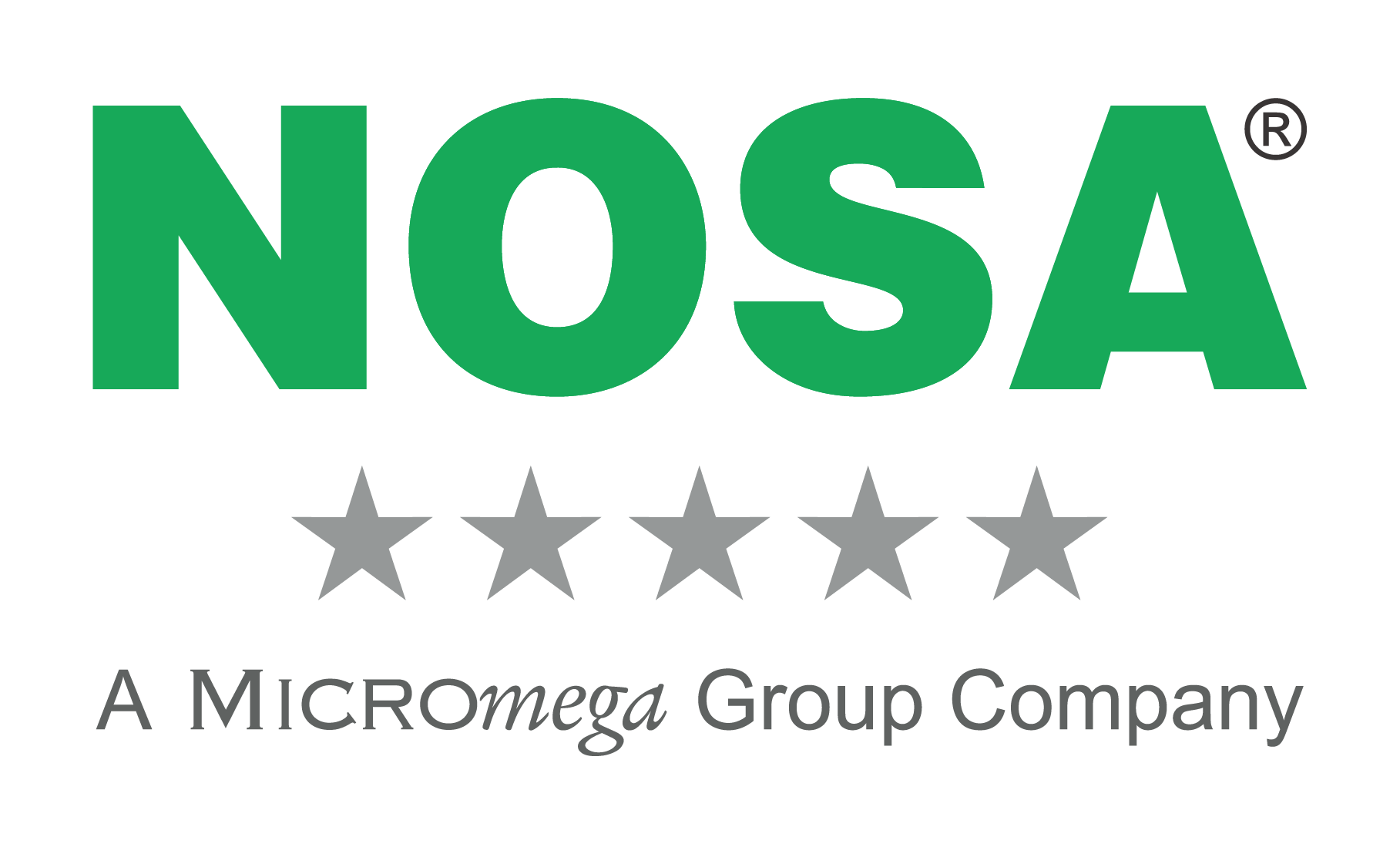
Your workplace is ticking along, everyone has undergone the required health and safety training at some point, and it appears that everyone understands how to prevent and minimise risk. So there’s nothing more for you to do – right? Well, no actually.
As any mechanic worth his salt will tell you, maintenance is an ongoing, essential requirement to ensure things keep running smoothly. In fact, just because certain training may not be legally required, it doesn’t mean your company doesn’t need it. So here’s what to consider when it comes to retraining your employees.
7 signs your workplace may need more HSE training
-
New government safety regulations have been implemented and they impact your workplace
-
When your workplace needs to conduct refresher HSE training
-
It has been a few years since your workplace has experienced a serious injury or fatality
-
Your workplace has experienced a serious safety incident
-
Your worker is starting a new job that builds on their ongoing safety and technical knowledge
-
You observe workers taking dangerous shortcuts or not wearing their PPE
-
Your workers are starting a task that they haven’t performed in a while
-
You are introducing new equipment to a production line
Following on from this, we’ve put together a list of the areas and duties within workplace safety, and the regularity for which you need to schedule refresher training for these.
Note: These are general guidelines and do not negate or override any regulations or safety requirements prescribed by occupational health and safety legislation.
|
Topic/area/duty |
Training |
Refresher training |
|
Asbestos exposure (general industry) |
All employees exposed to airborne asbestos at or above the PEL |
Annually |
|
Employees who perform housekeeping duties in areas with ACM or PACM |
Annually |
|
|
Asbestos exposure (construction) |
Workers involved in Class I and Class II operations requiring the use of critical barriers and/or negative pressure enclosures |
Annually |
|
Workers involved in other Class II operations |
||
|
Workers involved in Class III and IV operations |
||
|
Competent person |
||
|
Blood-borne pathogens |
All employees with potential occupational exposure |
Annually |
|
Employees in human immunodeficiency virus (HIV) and hepatitis B core (HBC) laboratories |
||
|
Confined spaces (permit required) |
Employees who work in confined spaces |
Whenever permit space operations change, there are deviations from the permit space entry procedures, or inadequacies in employee knowledge or use of procedures |
|
Electric power generation, transmission, and distribution installations |
All employees |
When employee is not complying with the safety-related work practices; when new technology, new types of equipment, or changes in procedures necessitate the use of safety-related work practices that are different from those which the employee would normally use; when safety-related work practices must be followed that are not normally used during regular job duties; when tasks are performed less than once per year |
|
Qualified employees |
||
|
Authorised employees for lockout/tagout |
Whenever there is a change in job assignments, machines, equipment, or processes that present a new hazard, a change in the energy control procedures, or when there are deviations from or inadequacies in an employee's knowledge or use of the energy control procedures |
|
|
Affected employees for lockout/tagout |
||
|
Other employees working near exposed lines or energised parts |
||
|
Designated first-aid providers |
||
|
Emergency response |
Emergency responders, including public sector responders in states without legislation-approved programmes |
Annually |
|
Exposure and medical records |
All employees |
Annually |
|
Fire brigade |
All members of a fire brigade |
Quarterly for interior structural firefighters |
|
Fire extinguishers |
All employees allowed to use portable extinguishers |
Annually |
|
Employees designated to use fire-fighting equipment |
Annually |
|
|
Fixed fire extinguishing systems |
Train employees designated to inspect, maintain, operate, or repair fixed extinguishing systems |
Annually review training to keep employees up to date in the functions they perform |
|
Forklift (powered industrial truck) |
Forklift operators |
Every three years; or when an employee operates unsafely, has an accident or near-miss, is assigned to drive a different kind of truck, or there are changes in workplace conditions that could affect safe operation |
|
Grain handling facilities |
All employees |
Annually, or when exposed to new hazards |
|
Employees assigned special tasks |
||
|
Observer |
||
|
Lockout/tagout |
Authorised employees |
Whenever there is a change in work assignment, change in machines or equipment or processes that present a new hazard, or change in energy control procedures |
|
Affected employees |
||
|
Logging |
All employees for work tasks |
Whenever employee is assigned a new work task, equipment, tool, machine, or vehicle |
|
All employees for first aid |
First aid every three years; CPR annually |
|
|
Machine guarding |
Power press operators |
Annually |
|
Forging machine operators |
||
|
Noise exposure (hearing protection) |
Employees with exposure above the eight-hour time-weighted average of 85 decibels |
Annually |
|
PPE |
General |
When necessary, after changes in the workplace warrant it, changes in type of PPE warrant it, or when employee has not retained the requisite understanding or skill |
|
Process safety management (PSM) |
Employees involved in operating a process |
Every three years or when necessary |
|
Respiratory protection |
Employees required to use respirators |
Annually or when necessary |
|
Employees who wear respirators when not required |
Annually |
|
|
Toxic and hazardous substances (acrylonitrile) |
Employees exposed above the action level |
Annually |
|
Toxic and hazardous substances (benzene) |
All exposed employees |
Annually if exposure is above the action level |
|
Toxic and hazardous substances (cadmium) |
All exposed or potentially exposed employees |
Annually |
|
Toxic and hazardous substances (carcinogens) |
Employees where any of the carcinogens listed in the regulations are manufactured, processed, repackaged, released, handled, or stored |
Annually |
|
Toxic and hazardous substances (coke oven emissions) |
Exposed employees in a regulated area |
Annually |
|
Toxic and hazardous substances (cotton dust) |
All employees with occupational exposure |
Annually, or when job assignments or work processes change, or when employee performance shows retraining is necessary |
|
Toxic and hazardous substances (ethylene oxide (EtO)) |
Employees potentially exposed at or above the action level or excursion limit |
Annually |
|
Toxic and hazardous substances (formaldehyde) |
Employees exposed at or above the PEL |
Annually, or whenever a new exposure is introduced |
|
Toxic and hazardous substances (inorganic arsenic) |
All employees who are subject to exposure to inorganic arsenic above the action level |
Annually |
|
Toxic and hazardous substances (lead) |
Employees subject to exposure to airborne lead |
Annually |
|
Toxic and hazardous substances (methylenedianiline 4.4 (MDA)) |
Exposed employees |
Annually |
|
Toxic and hazardous substances (vinyl chloride) |
Employees engaged in vinyl chloride or polyvinyl chloride operations |
Annually |
Sources:
https://www.workplacesafetygroup.com/index.php?p=Blog&id=100
https://www.workplacesafetygroup.com/index.php?p=Blog&id=100
http://trainingtoday.blr.com/employee-training-resources/OSHA-Training-Requirements





